This post may contains affiliate links. Read our full disclosure here.
Have you ever stood frozen in front of the wine aisle, completely overwhelmed by all those white wine bottles with their fancy names and elegant labels? You’re definitely not alone! Understanding the different types of white wine can feel like learning a new language at first. But once you get the basics down, choosing the perfect bottle becomes way less intimidating and much more fun.
This guide walks you through 12 popular types of white wine you’ll find pretty much anywhere, what they actually taste like (in normal human terms!), and what foods they pair beautifully with. Whether you’re hosting friends for dinner or just want to find your new go-to glass after work, knowing these white wine varieties will help you shop with confidence.
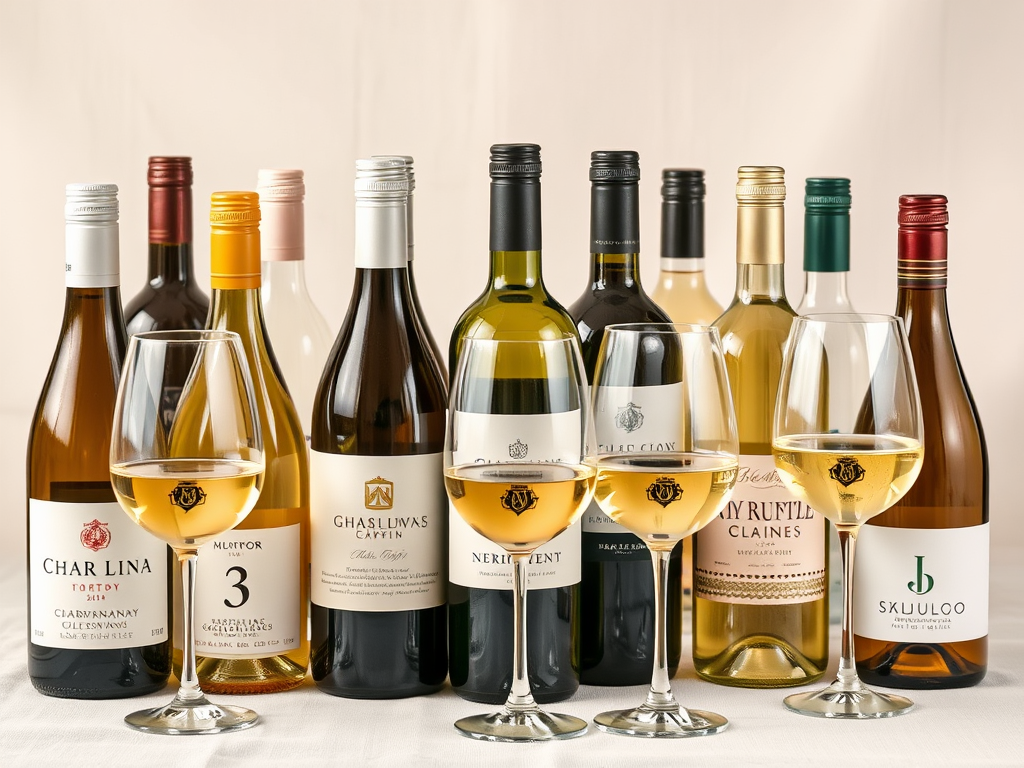
Chardonnay: The Chameleon of White Wines
Chardonnay might be the most famous of all types of white wine, and for good reason – it’s incredibly versatile. This grape adapts beautifully to different winemaking techniques, which is why Chardonnays can taste so different from bottle to bottle. The climate where it’s grown and whether it’s aged in oak barrels are huge factors in how your Chardonnay will taste.

A California Chardonnay might be rich and buttery with vanilla notes, while a French Chablis (still made from Chardonnay grapes) could taste crisp and minerally with barely a hint of oak. This makes Chardonnay one of the most interesting types of white wine to explore for both beginners and experienced wine lovers alike.
- Taste profile: Buttery and creamy when oaked; fresh and crisp when unoaked
- Aromas: Apple, pear, vanilla, toast, lemon zest
- Body: Medium to full-bodied
- Food pairings: Roasted chicken, salmon, creamy pasta dishes
- Commonly confused with: Viognier, due to its richer profile
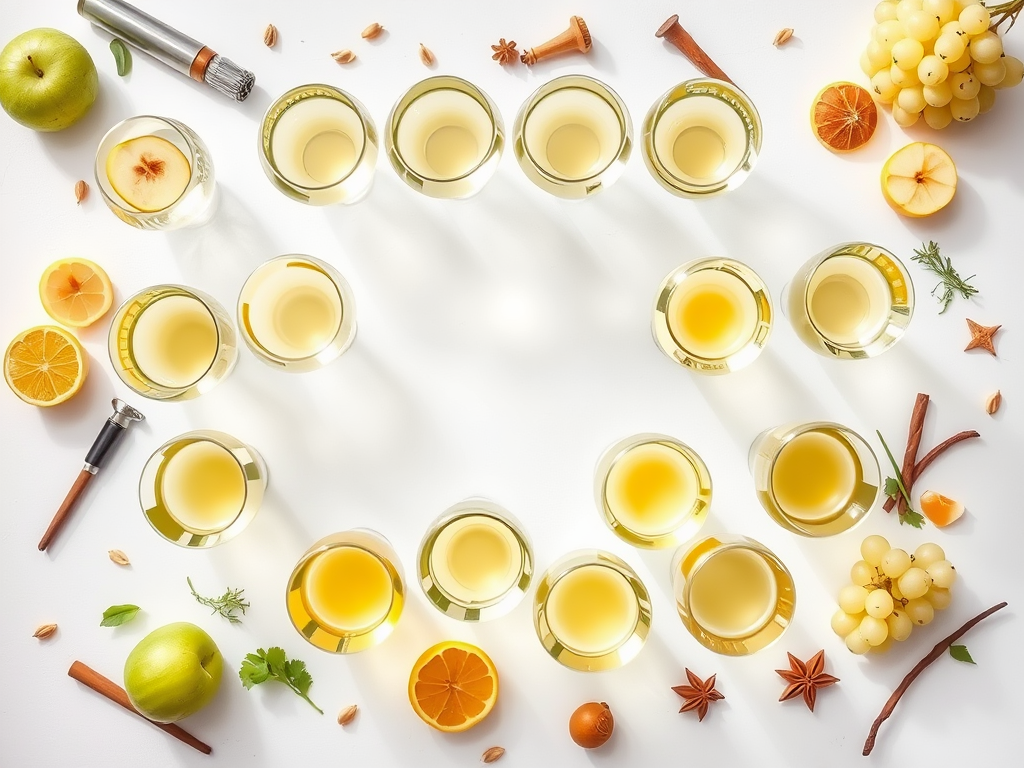
Sauvignon Blanc: Crisp, Bright, and Zippy
If Chardonnay is the smooth jazz of white wines, Sauvignon Blanc is more like upbeat pop – bright, refreshing, and impossible to ignore. This is often one of the first types of white wine recommended to beginners because it’s so distinctively aromatic and refreshing. When my boyfriend tried his first Sauvignon Blanc, he immediately noticed the grassy, citrusy punch – there’s nothing subtle about this wine!

New Zealand Sauvignon Blancs tend to be particularly bold with tropical and herbaceous notes, while French ones might be more restrained and mineral-driven. If you love zingy, bright flavors and crisp acidity, Sauvignon Blanc might become your new best friend. Learning to identify these distinct flavors is part of what makes wine tasting so fun.
- Taste profile: Crisp, dry, high acidity
- Aromas: Lime, green apple, passionfruit, freshly cut grass
- Body: Light to medium-bodied
- Food pairings: Goat cheese, grilled vegetables, sushi, shellfish
- Commonly confused with: Pinot Grigio, though typically more herbaceous
Pinot Grigio/Pinot Gris: Two Names, One Grape
Pinot Grigio (Italian style) and Pinot Gris (French style) come from the same grape, but they can taste quite different depending on where and how they’re made. This versatile grape creates some of the most approachable types of white wine for newcomers because they’re generally light and easy-drinking.
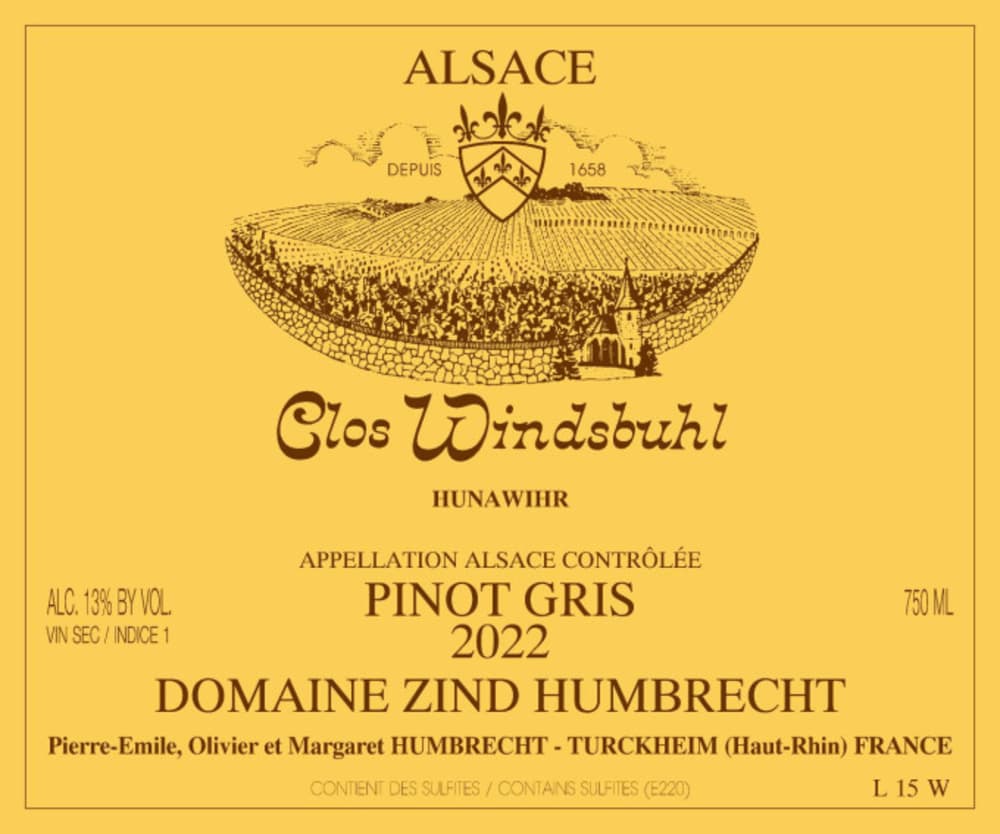
Italian Pinot Grigio tends to be crisp, light, and straightforward – perfect for casual sipping. French Pinot Gris (especially from Alsace) is usually richer and more aromatic with more pronounced fruit flavors. Oregon has also started producing some excellent Pinot Gris wines that fall somewhere between these two styles.
- Taste profile: Zesty and dry as Pinot Grigio; juicy and fruity as Pinot Gris
- Aromas: Citrus, pear, melon, sometimes floral
- Body: Light to medium-bodied
- Food pairings: Light pasta dishes, seafood, salads, soft cheeses
- Commonly confused with: Sauvignon Blanc, due to similar acidity
Riesling: The Misunderstood Wine
Riesling might be the most misunderstood of all types of white wine. Many people assume all Rieslings are sweet, but they actually range from bone-dry to dessert-level sweet! What makes Riesling special is its incredible balance of sweetness and acidity, plus its ability to showcase the specific soil where it’s grown.

German Rieslings often follow a helpful labeling system that indicates sweetness levels (Trocken = dry, Kabinett = off-dry, and so on). Dry Rieslings from places like Alsace, Austria, and Australia are gaining popularity for their complexity and food-friendliness. If you’ve been avoiding Riesling because you don’t like sweet wines, try asking for a dry version – you might be surprised!
- Taste profile: Can be dry or sweet; always high in acidity
- Aromas: Apricot, peach, honey, petrol (in aged versions)
- Body: Light-bodied
- Food pairings: Spicy dishes (hello Thai food!), pork, duck, blue cheese
- Commonly confused with: Moscato, though Riesling often has more acidity and structure
Moscato: Sweet, Fruity, and Floral
Moscato (made from the Muscat grape) is one of those types of white wine that’s perfect for people who don’t normally enjoy wine. Its gentle sweetness, low alcohol content, and often slight fizz make it exceptionally approachable and easy-drinking. Plus, the aromatic profile is so distinctive – you’ll know a Moscato when you smell it!
The most famous version is Moscato d’Asti from Italy, which is lightly sparkling (frizzante) with lovely floral and peach notes. Despite sometimes being dismissed as just a dessert wine, Moscato can be surprisingly versatile with food, especially dishes with a bit of spice. Understanding these food pairing principles can help you enjoy Moscato beyond just dessert time.
- Taste profile: Sweet, lightly fizzy, low alcohol
- Aromas: Orange blossom, peach, nectarine
- Body: Light-bodied
- Food pairings: Fruit-based desserts, Asian cuisine, spicy BBQ
- Commonly confused with: Riesling, for its sweetness
Chenin Blanc: The Versatile Chameleon
Chenin Blanc might not be as famous as some other types of white wine, but it’s absolutely worth discovering. Originally from France’s Loire Valley, this grape now thrives in South Africa as well. What makes Chenin special is its remarkable versatility – it can produce everything from bone-dry wines to sweet dessert wines.
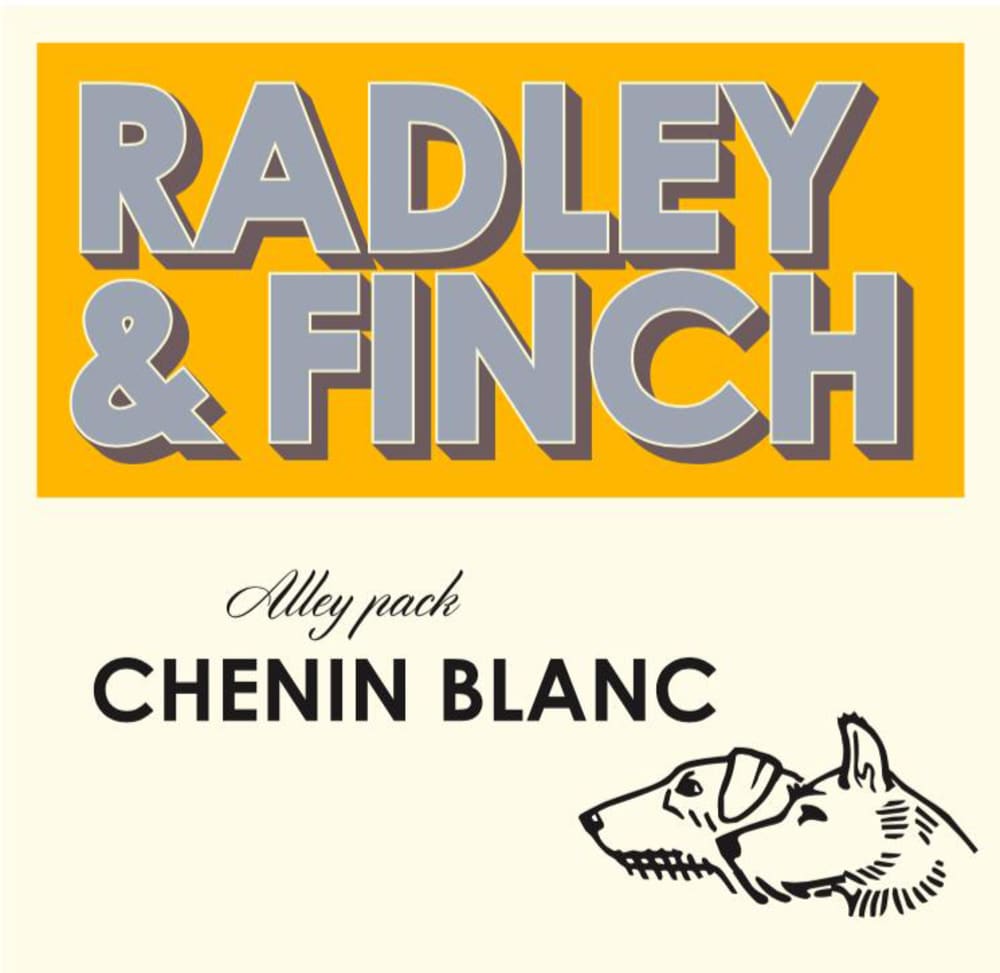
The hallmark of good Chenin Blanc is its bright acidity and interesting texture. Flavors can range from green apple and citrus in drier styles to honey and apricot in sweeter versions. Its versatility with food makes it particularly useful to have on hand when hosting dinner parties where you’re serving multiple courses.
- Taste profile: Can be dry to sweet; often fruity with zippy acidity
- Aromas: Quince, apple, honey, floral
- Body: Medium-bodied
- Food pairings: Roast chicken, curry, creamy cheeses
- Commonly confused with: Chardonnay, but Chenin has brighter acidity
Gewürztraminer: Aromatic and Bold
Gewürztraminer (go ahead and practice saying it: guh-VURTS-trah-mee-ner) stands out among types of white wine for its unmistakable aroma profile. The word “gewürz” means “spicy” in German, and this wine lives up to its name with its bold, spicy-floral character that’s impossible to miss.
This is definitely not a subtle wine! Its intense lychee, rose petal, and exotic spice notes make it one of the most aromatic white wines you’ll encounter. Gewürztraminer typically has lower acidity than many white wines, which contributes to its full, rich mouthfeel. While it’s often made in an off-dry style, you can find dry versions too.
- Taste profile: Off-dry to sweet, spicy and aromatic
- Aromas: Lychee, rose petals, ginger, allspice
- Body: Medium to full-bodied
- Food pairings: Thai food, Indian curries, rich cheeses, ham
- Commonly confused with: Moscato, due to its sweetness and floral notes
Albariño: Spain’s Coastal Treasure
If you love seafood, Albariño should be on your radar. This Spanish white wine (also grown in Portugal as Alvarinho) comes from coastal regions and seems to capture the essence of the sea. Its bright citrus character and subtle saltiness make it one of the most refreshing types of white wine you can find.
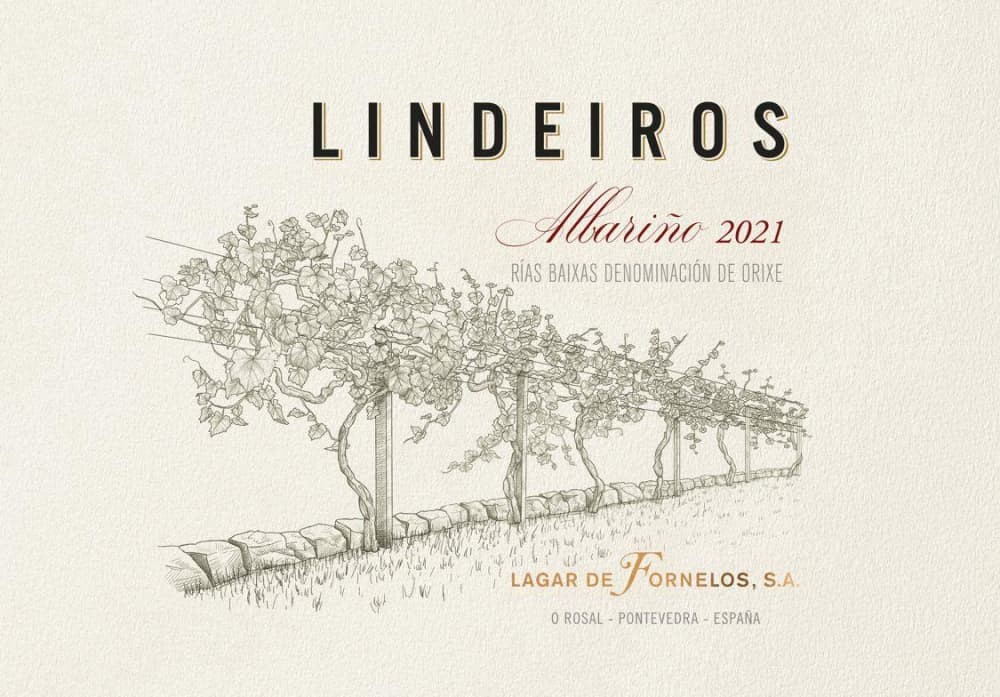
Albariño tends to be dry with moderate alcohol and zingy acidity, making it incredibly food-friendly and refreshing. The grape grows primarily in Rías Baixas in northwestern Spain, where the Atlantic influence gives the wines a distinctive minerality. Using proper wine tasting techniques will help you notice these subtle mineral notes that make Albariño special.
- Taste profile: Dry, crisp, citrusy with a punch of salinity
- Aromas: Lime, grapefruit, peach, salty ocean breeze
- Body: Light to medium-bodied
- Food pairings: Oysters, clams, grilled fish, sushi
- Commonly confused with: Sauvignon Blanc, due to similar zesty flavor
Viognier: Lush and Aromatic
Viognier (pronounced vee-own-yay) nearly went extinct in the mid-20th century but has made an impressive comeback. This fascinating grape produces white wines with a seductive floral perfume and rich texture that sets it apart from other types of white wine.

What makes Viognier interesting is how it combines an intense aromatic profile with a surprisingly full body. While many aromatic whites are light-bodied, Viognier has weight and richness on the palate, often with a slight oiliness that can feel luxurious. It’s usually made in a dry style despite its pronounced fruitiness, which can sometimes trick your brain into thinking it’s sweet.
- Taste profile: Dry but fruity with floral richness
- Aromas: Honeysuckle, apricot, peach, tangerine
- Body: Medium to full-bodied
- Food pairings: Roast chicken, pork dishes, creamy sauces, spiced foods
- Commonly confused with: Chardonnay, though Viognier is more perfumed
Grüner Veltliner: Austria’s White Wine Star
Grüner Veltliner has been Austria’s signature white grape for generations, but it’s only recently gained international attention. What sets it apart from other types of white wine is its distinctive white pepper note alongside fresh green flavors and lively acidity.
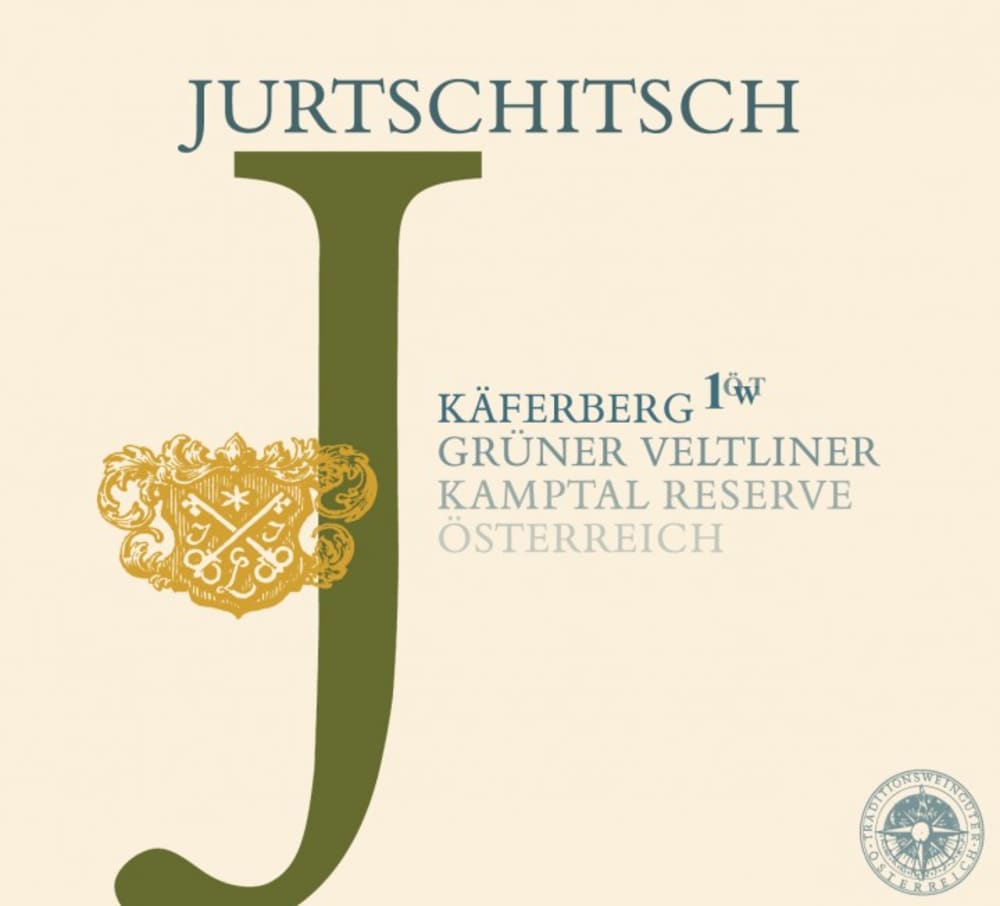
The best Grüners offer a fascinating combination of fruit (think green apple and citrus), vegetable notes (sometimes like fresh peas or radishes), and that telltale white pepper spice. They’re typically dry with good acidity, making them excellent food partners. Professional sommeliers often select Grüner as a versatile pairing wine for challenging dishes.
- Taste profile: Dry, zippy, slightly spicy
- Aromas: Lime, green apple, white pepper, radish
- Body: Light to medium-bodied
- Food pairings: Vegetable dishes, Asian food, schnitzel
- Commonly confused with: Sauvignon Blanc, but Grüner has a distinct white pepper note
Semillon: The Chameleon’s Companion
Semillon may not be a household name among types of white wine, but it plays a crucial role in many famous blends, particularly with Sauvignon Blanc in Bordeaux. On its own, Semillon offers a unique waxy texture and subtle flavor profile that evolves beautifully with age.
Young Semillon can be relatively neutral with subtle citrus notes, but as it ages, it develops fascinating honey, toast, and lanolin characteristics. Australia’s Hunter Valley is famous for its aged Semillon wines, which start lean and crisp but transform into rich, complex wines over time. This chameleon-like quality makes Semillon fascinating for wine lovers who enjoy seeing how wines evolve.
- Taste profile: Dry to sweet; waxy texture with citrus and honey
- Aromas: Lemon, lanolin, melon, beeswax
- Body: Medium to full-bodied
- Food pairings: Shellfish, roasted poultry, creamy sauces
- Commonly confused with: Chardonnay, but Semillon tends to be softer
Verdicchio: Italy’s Underrated Gem
Verdicchio might not be as famous as other Italian types of white wine like Pinot Grigio, but it deserves your attention. Growing primarily in Italy’s Marche region along the Adriatic coast, Verdicchio produces wines with refreshing citrus flavors and a subtle almond-like finish that makes them distinctively Italian.
The name comes from “verde” (green), referencing both the slight greenish tinge of the wine and its fresh, crisp character. Simple Verdicchio wines are bright and citrusy, while reserve versions can develop more complexity and a fascinating nutty quality as they age. For anyone looking to explore Italian white wines beyond the usual suspects, Verdicchio offers fantastic value and versatility.
- Taste profile: Crisp, slightly nutty, dry
- Aromas: Green apple, almond, citrus
- Body: Light to medium-bodied
- Food pairings: Grilled fish, risotto, antipasto plates
- Commonly confused with: Pinot Grigio, though Verdicchio can be more savory
Finding Your Perfect Type of White Wine
The wonderful thing about exploring different types of white wine is that there are no wrong answers – only preferences. Your taste buds are unique, and what appeals to you might be different from what appeals to someone else. The best way to discover your favorites is simply to taste more wines and pay attention to what you enjoy.
Try starting with a casual tasting at home with friends, where you can compare a few different styles side by side. Understanding what sommeliers look for in quality wines can guide your own explorations. Many wine shops offer sample-sized bottles or tasting events where you can try before committing to a full bottle.
Remember that context matters too – a wine that tastes just okay on its own might shine brilliantly with the right food pairing. Be adventurous, keep notes on what you try, and don’t be intimidated by fancy wine terminology or traditions. The only “right” types of white wine are the ones that bring you joy when you drink them!




